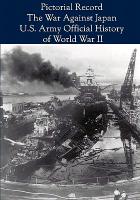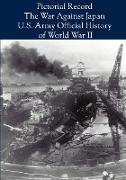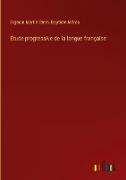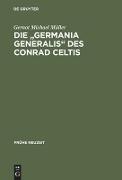Pictorial Record
BücherAngebote / Angebote:
During World War II the photographers of the United States armed forces created on film a pictorial record of immeasurable value. Thousands of pictures are preserved in the photographic libraries of the armed services but are little seen by the public.
In the narrative volumes of UNITED STATES ARMY IN WORLD WAR II, now being prepared by the Office of the Chief of Military History of the United States Army, it is possible to include only a limited number of pictures. Therefore, a subseries of pictorial volumes, of which this is the last, has been planned to supplement the other volumes of the series. The photographs have been especially selected to show important terrain features, types of equipment and weapons, living and weather conditions, military operations, and matters of human interest. These volumes will preserve and make accessible for future reference some of the best pictures of World War II. An appreciation not only of the terrain upon which actions were fought, but also of its influence on the capabilities and limitations of weapons in the hands of both our troops and those of the enemy, can be gained through a careful study of the pictures herein presented. These factors are essential to a clear understanding of military history. The text was written and the photographs compiled by Capt. Kenneth E. Hunter and Miss Margaret E. Tackley, the volume was edited by Miss Mary Ann Bacon. The book deals with the Pacific Theater of Operations and is divided into six sections: (1) The Allied Defensive, (2) The Strategic Defensive and Tactical Offensive, (3) The Offensive-1944, (4) The Final Phase, (5) The China-Burma-India Theater, and (6) The Collapse of Japan and the End of the War in the Pacific. Each section is arranged in chronological order. All dates used are local dates, and it should be remembered that all dates west of the International Date Line are one day ahead of those east of the line. For example, 7 December 1941 at Pearl Harbor is the same day as 8 December 1941 in the Philippines.
The written text has been kept to a minimum. Each section is preceded by a brief introduction recounting the major events which are set down in detail in the individual narrative volumes of UNITED STATES ARMY IN WORLD WAR II. The appendixes give information as to the abbreviations used and the sources of the photographs.
Folgt in ca. 10 Arbeitstagen





